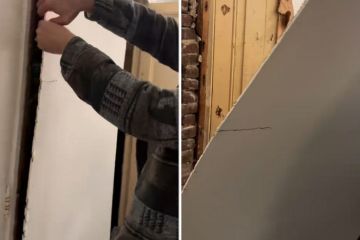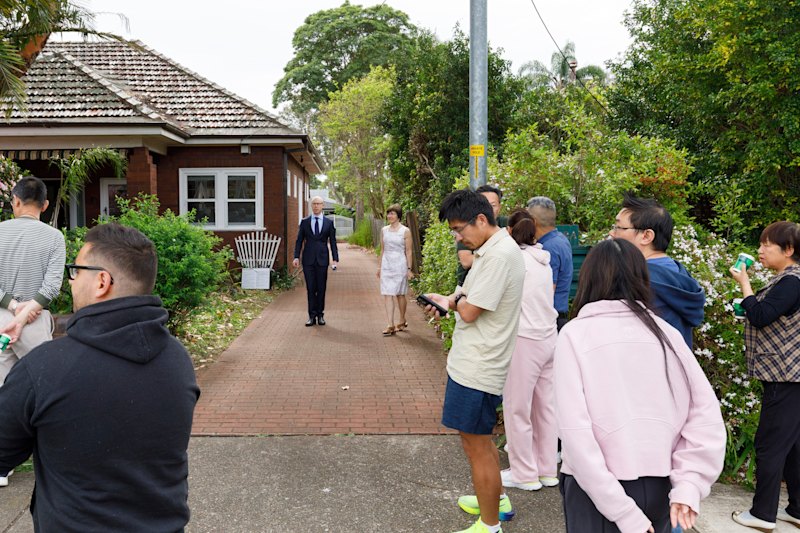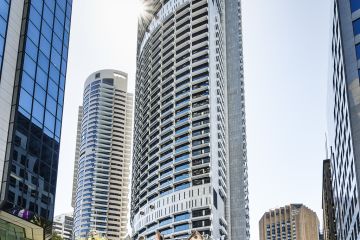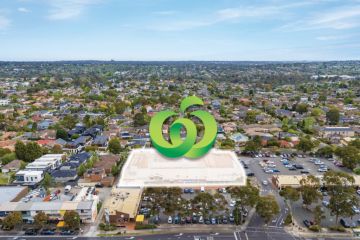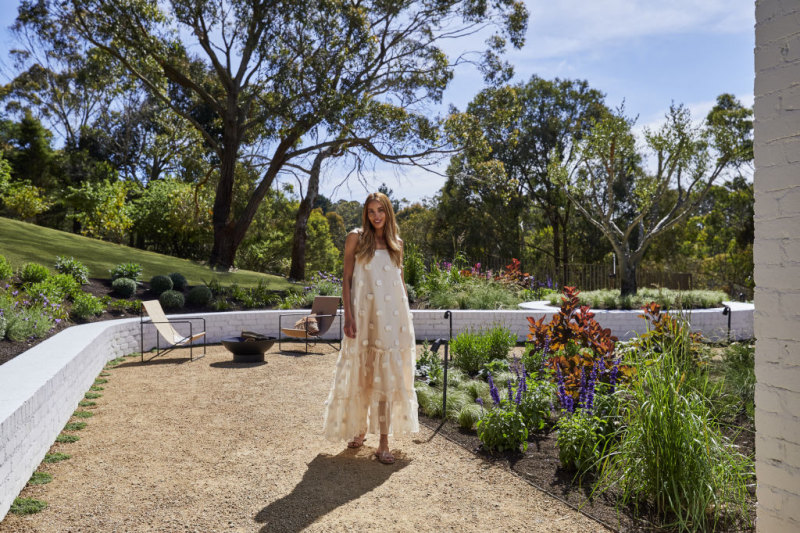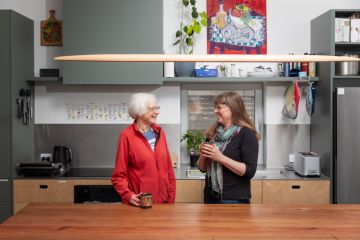Sydney must learn planning lessons as 'knock down and redevelop' no longer works
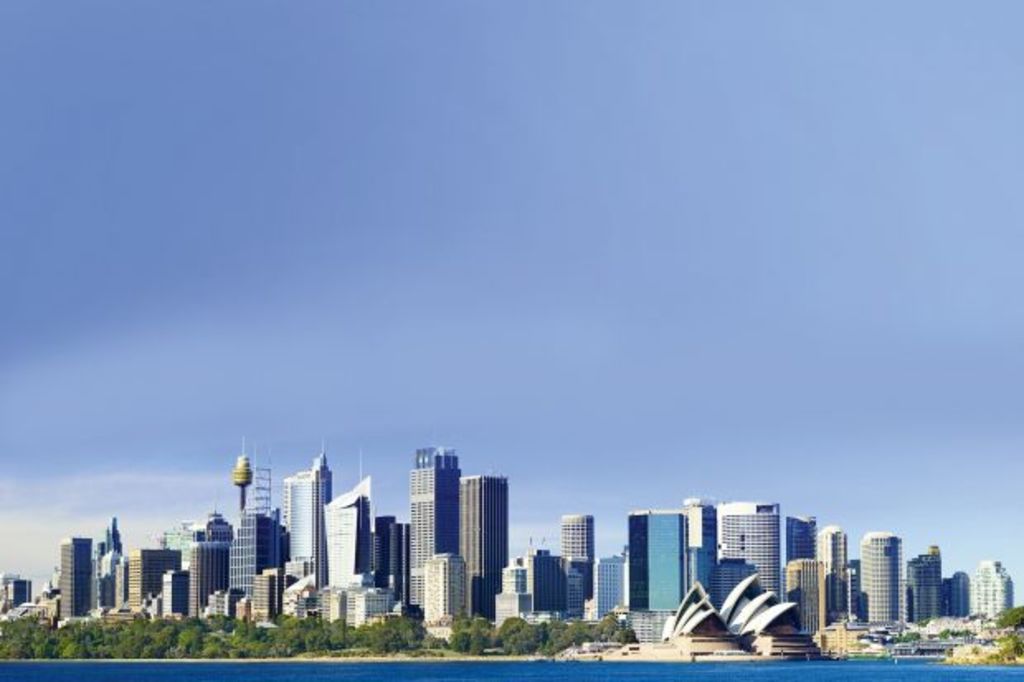
With the NSW Government having pledged a record $73.3 billion on infrastructure in the 2016 Budget and the city already four years into a building boom, Sydney is transforming rapidly before our eyes.
But experts warn that as buildings go up at record pace, planners and policymakers need to be more introspective than ever about Sydney’s biggest infrastructure projects – both failures and successes – if they hope to maintain a functional city that can cater for 6.25 million people within the next 20 years.
“At the moment Sydney is under siege and on steroids, there seems to be no understanding about what densities actually require in terms of open space and transport,” Liverpool City Council city architect Jan McCredie said.
Architects, town planners, academics and policy makers agree that when it comes to Sydney’s large-scale projects over the past 50 years, there’s one common theme – the successful ones considered how Sydneysiders would live in the future.
Unsuccessful projects dated quickly by failing to keep up or pre-empt how Sydney was evolving.
“Developers can be driven by what they think the market wants at the time,” Tract Consultants senior town planner Georgia Sedgmen said.
But while housing in the past consisted mostly of low-rise buildings that could easily be redeveloped as the city evolved, the “knock down and redevelop when necessary” solution would be harder to rely on as Sydney becomes taller and denser.
”A 300-apartment development is much harder to redevelop than low-rise … what we’re building now is our legacy for the future,” Ms Sedgmen said.
Macquarie Park is a prime example of a local council now having to redevelop a space that was planned more than a decade ago, she said.
“The main criticism of the area is the development form and large lot sizes and lack of walkability, but this will change with time and a revised strategic approach of the council,” she said.
McCredie, who worked on Macquarie Park as an urban designer, said the area was a lost opportunity that shouldn’t be repeated.
“It had a detailed plan that for the time was extremely good, but when it came to implementation, all the streets started to get taken out … and it went back to almost this industrial-style street pattern, which isn’t very pleasant,” she said.
With little new land for construction in Sydney, being able to blend new buildings considerately with existing ones is another skill that would become increasingly important for developers, planners and architects to master, experts said.
According to McCredie, the inner-city suburb of Pyrmont was one example planners should look to for future projects.
“We kept nearly everything that was standing and we kept the streets they wanted to build over … with higher-density living you need smaller street blocks and street fronts,” McCredie said.
University of NSW City Futures director Bill Randolph also pointed to Pyrmont’s success as the first large-scale brownfield urban renewal area that reworked a once-old industrial suburb.
This shows that future-looking approaches can stand the test of time – the plans for Pyrmont were inked in the 1980s.
“In terms of urban design outcomes, it’s very good, and you’ve got Pirrama Park, which is an excellent bit of design and very much a development for the public.”
This has been the success model for “what has been rolled out in the likes of Green Square, Eveleigh, White Bay”, he said.
But Sydney has also had its fair share of mistakes that experts argue planners and policymakers must not repeat.
Widely criticised as a poor planning outcome for Sydney is the public housing in concentrated estates in suburbs such as Minto and Claymore that had since become a harbinger of what not to do.
Dr Randolph pointed to areas where vulnerable residents had been left on the fringes and planners spending “the last 20 years bitterly trying to get rid of them”.
The Urban Development Institute of Australia chief executive Stephen Albin agreed this was a mistake from the past planners have had to fix.
“These were massive public housing experiments that got it totally wrong, they’re a lesson in how not to do a public housing development,” Mr Albin said.
In contrast, Wattle Grove in Sydney’s south-west was master-planned in a way that still serves as a good model for suburbia today, he said. The initial plans were drawn up in the 1970s and infrastructure was built up first, before residential real estate moved in in the 1990s.
Amenity was continually added to the suburb, including a shopping centre in the late-1990s, meaning residents moved in.
“[It was the] first NSW master-planned community with unifying design, abundant landscaping and smaller-blocks, more affordable housing,” he said.
“They really understood the value of providing good infrastructure for communities … and that set the scene for the next 30 years.”
It’s infrastructure like this that will ensure the city is liveable for the future, Greater Sydney Commission chief executive Sarah Hill said.
There’s much anticipation ahead of the release of the Greater Sydney Commission’s district plans on Monday, which will reveal how it intends to help the state and local government plan for a city where the population will jump to 2.1 million people in the next 20 years.
“It’s absolutely critical that we get our planning foundations right now, as they shape the city’s liveability – how we live together, work together, raise happy and healthy children and have a better quality of life,” Hill said.
Five ‘game changer’ developments of the past:
Smith Street, Tempe (Harry Triguboff’s first apartment development)
“They were built in 1963, two years after the first strata laws. It was really the beginning of the cusp of the whole strata revolution and exemplifies how strata units came to revolutionise the way we live in [the] city.” – Bill Randolph, University of NSW
Pyrmont
“We believed we should use European methodology to go in and plot accurately everything that is there, to do building envelopes for all the sites that were going to have development on it.” – Jan McCredie, City of Liverpool
Wattle Grove
“Almost 50 years ago since it started [and it has] withstood the test of time – one thing we have learned is to understand the importance of infrastructure.” – Stephen Albin, Urban Development Institute of Australia
Sydney Harbour Tunnel
“In the last few decades we’ve learnt the value of tunnels, with the Sydney Harbour Tunnel being a game changer in how Sydney connects itself.” – Sarah Hill, Greater Sydney Commission
Aurora Place, CBD
“It was one of the first developments to be designed by an internationally acclaimed architect from Europe and set the tone for future quality developments in Sydney.” – Michael Banak, Rothelowman
Developments and infrastructure that didn’t stand the test of time
Macquarie Park
“The main criticism of the area is the development form and large lot sizes and lack of walkability but this will change with time and a revised strategic approach of the Council.” – Georgia Sedgmen, Tract Consultants
Monorail
“In the eyes of the locals the monorail didn’t service relevant locations, it wasn’t accessible and the elevated tracks and stations were an eyesore on the city. Moreover the monorail blocked significant views and vistas throughout the city and was not well integrated with other transport modes in the city making it unappealing to locals. Lastly, the cost of the monorail project far exceeded a light-rail system that was initially proposed, which would have catered for far more passengers per hour. Interestingly enough construction is now underway on a light-rail network through Sydney’s CBD.” – Michael Banak, Rothelowman
Public housing estates (in Airds, Minto, Claymore)
“The housing commission in Airds and Claymore in the 1970s … was a massive public housing experiment that got it totally wrong, they’re a lesson in how not to do a public housing development. It was almost like the city was trying the wash their hands, by putting all these people in one suburb and you can’t do that.” – Stephen Albin, Urban Development Institute of Australia
Prominent developments of the future:
Badgerys Creek
“Over the next 20 years western Sydney [will grow to the] size of Adelaide, we will be taking development to a new level. There will be opportunity for a new city around Badgerys Creek airport.” – Stephen Albin, Urban Development Institute of Australia
Oran Park
“Dubbed Sydney’s fastest growing town, Oran Park is the flagship suburb for Sydney’s imminent western growth.” – John Biviano, Nearmap
Parramatta River Corridor
“Powerhouse Museum aside there will be significant transformation to the whole precinct between Parramatta and Olympic Peninsula. Not only are there several priority precincts identified by the Department of Planning but also the connectivity which will be provided along the river, linking pedestrian and cycle access back to the Parramatta CBD.” – Georgia Sedgmen, Tract Consultants
Circular Quay
“As the gateway to Sydney, Circular Quay is the biggest hotspot in Sydney and will undergo a significant facelift, with many of the heavyweights in the development world involved. A foray of signature developments involving international and national designers will be constructed over the next two to five years.” – Michael Banak, Rothelowman
Parramatta Rail Line
“The proposed metro rail line from the CBD to Parramatta [confirmed this week] could be a game changer, which could be a major development for the way the city is structured and lead to re-entering of the city to Parramatta.” – Bill Randolph, University of NSW
We recommend
We thought you might like
States
Capital Cities
Capital Cities - Rentals
Popular Areas
Allhomes
More
- © 2025, CoStar Group Inc.
